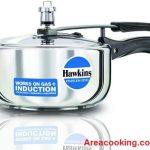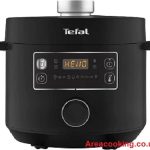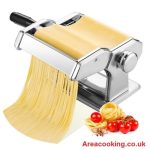As an Amazon Associate, I earn from qualifying purchases.
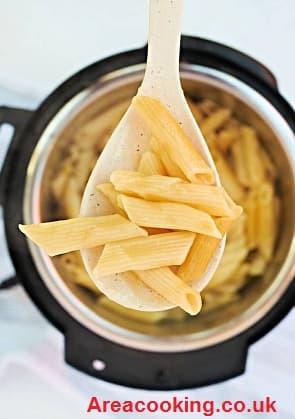
Pasta is a versatile food that can be cooked in various ways. However, cooking pasta in a pressure cooker is becoming increasingly popular due to its speed and convenience. With a pressure cooker, you can cook pasta in just a few minutes and save time without sacrificing taste. In this article, we will guide you on how to cook pasta in a pressure cooker, step-by-step.
Why Cook Pasta in a Pressure Cooker?
Pressure cooking is a method of cooking that uses steam pressure to cook food quickly. When you cook pasta in a pressure cooker, it reduces the cooking time and saves energy. Also, the pasta turns out tender, flavorful, and evenly cooked. Another advantage of cooking pasta in a pressure cooker is that it retains its nutrients and flavors.
Ingredients You Will Need
Before starting, make sure you have the following ingredients:
- Pasta
- Water
- Salt
- Olive oil
Contents
Step-By-Step Guide To Cooking Pasta In A Pressure Cooker

Follow these simple steps to cook pasta in a pressure cooker:
Step 1: Add Water To The Pressure Cooker
Add enough water to the pressure cooker to cover the pasta. The general rule is to use four cups of water for every pound of pasta. Add salt and olive oil to the water to season the pasta.
Step 2: Add Pasta To the Pressure Cooker
Add the pasta to the pressure cooker and stir to ensure that the pasta is fully submerged in the water.
Step 3: Close The Pressure Cooker
Close the lid of the pressure cooker and lock it in place. Set the pressure valve to “sealing.”
Step 4: Cook The Pasta
Set the pressure cooker to cook for half of the pasta’s regular cooking time. For example, if the pasta takes ten minutes to cook, set the pressure cooker for five minutes.
Step 5: Release Pressure And Drain
Once the cooking time is complete, release the pressure manually. Remove the lid carefully, and use a colander to drain the pasta.
Step 6: Serve
Add your favorite sauce to the pasta and serve it hot.
Tips For Perfect Pasta In A Pressure Cooker
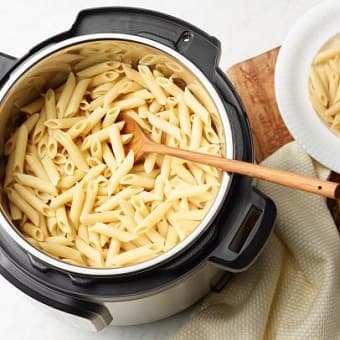
- Use the right amount of water to cook pasta in a pressure cooker. Too much water will make the pasta mushy, and too little water will cause it to stick together.
- Add salt and olive oil to the water to season the pasta.
- Follow the cooking time instructions on the pasta box, but reduce it to half in a pressure cooker.
- If the pasta is not cooked to your liking after the recommended time, you can always cook it for an additional minute or two.
FAQs
Can I cook all types of pasta in a pressure cooker?
Yes, you can cook any type of pasta in a pressure cooker. Just make sure to adjust the cooking time according to the pasta’s thickness and the recipe’s instructions.
How much water should I use to cook pasta in a pressure cooker?
The general rule is to use four cups of water for every pound of pasta.
How do I release the pressure in a pressure cooker?
You can release the pressure manually or naturally. To release pressure manually, turn the pressure release valve to “venting.” To release pressure naturally, leave the pressure cooker for some time until the pressure releases on its own.
Can I add other ingredients, like vegetables or meat, to the pasta in the pressure cooker?
Yes, you can add other ingredients to the pasta in the pressure cooker. However, make sure to adjust the cooking time accordingly to avoid overcooking or undercooking the other ingredients.
Is it safe to cook pasta in a pressure cooker?
Yes, it is safe to cook pasta in a pressure cooker as long as you follow the manufacturer’s instructions and safety precautions.
Conclusion
Cooking pasta in a pressure cooker is a quick, easy, and convenient way to enjoy this delicious food. With the above steps and tips, you can cook perfect pasta in a pressure cooker in no time.
